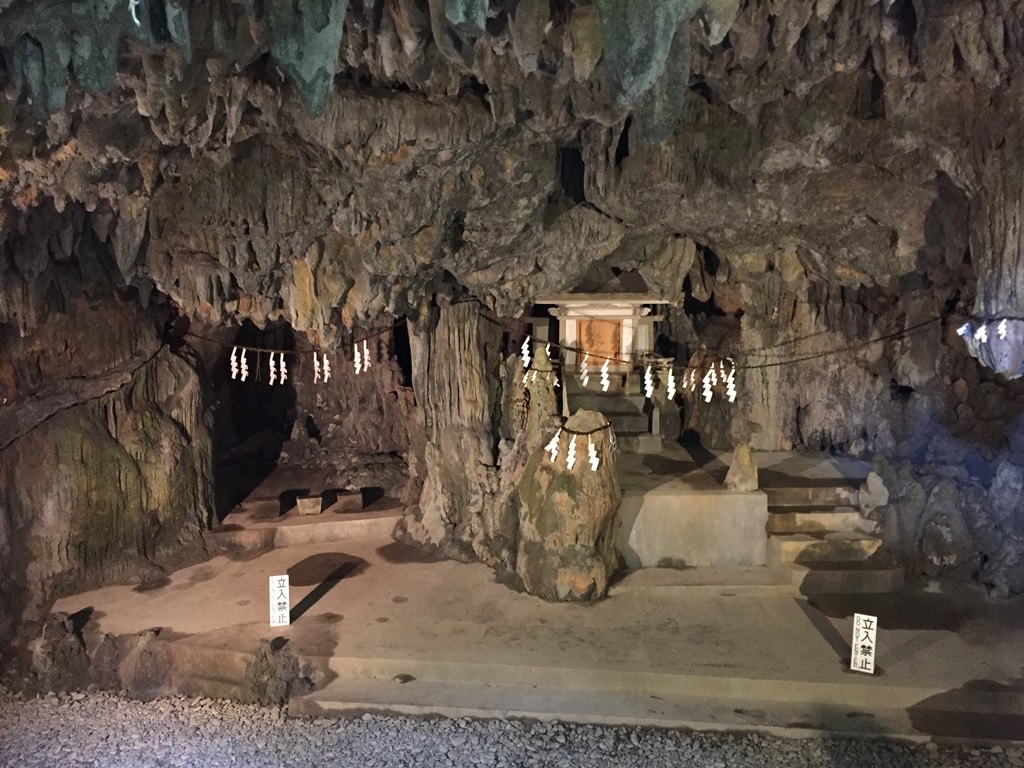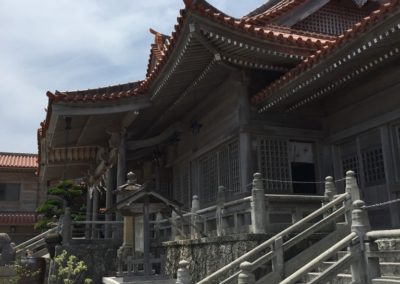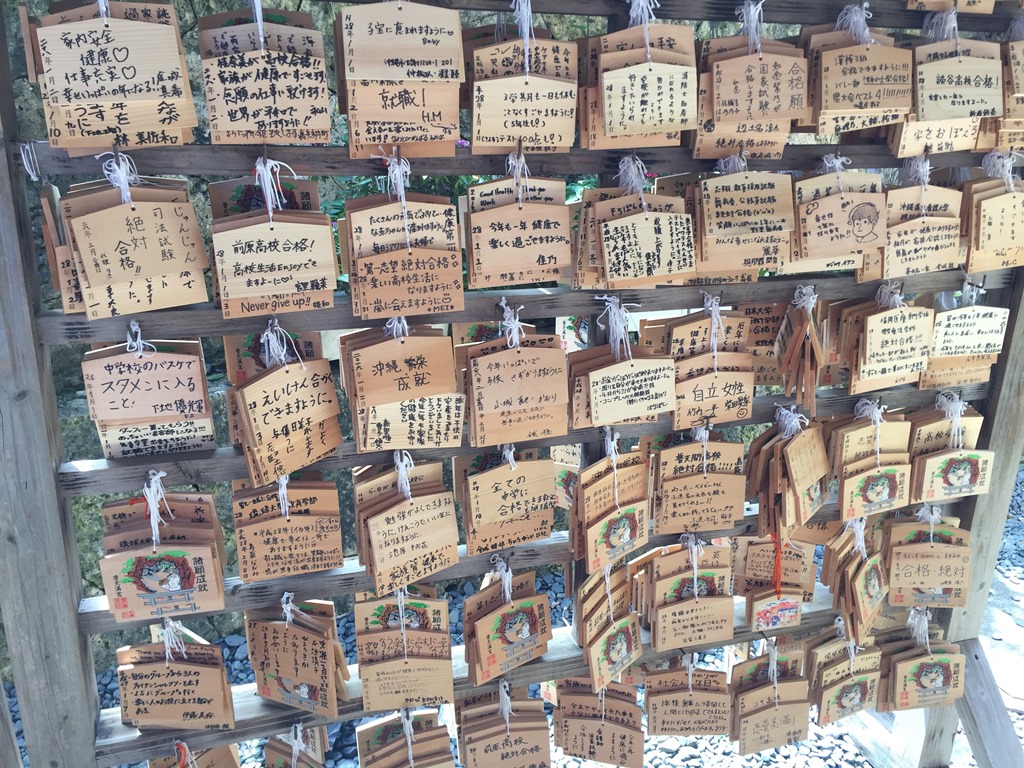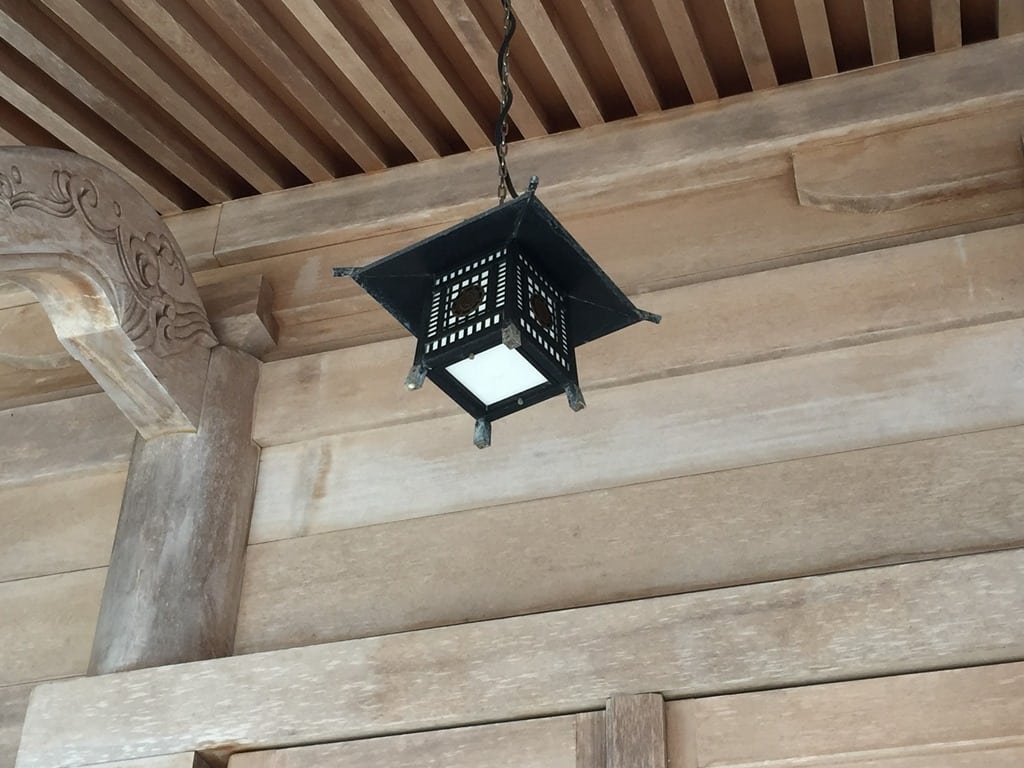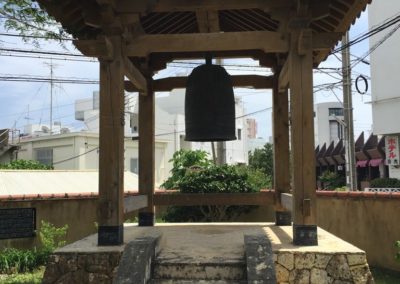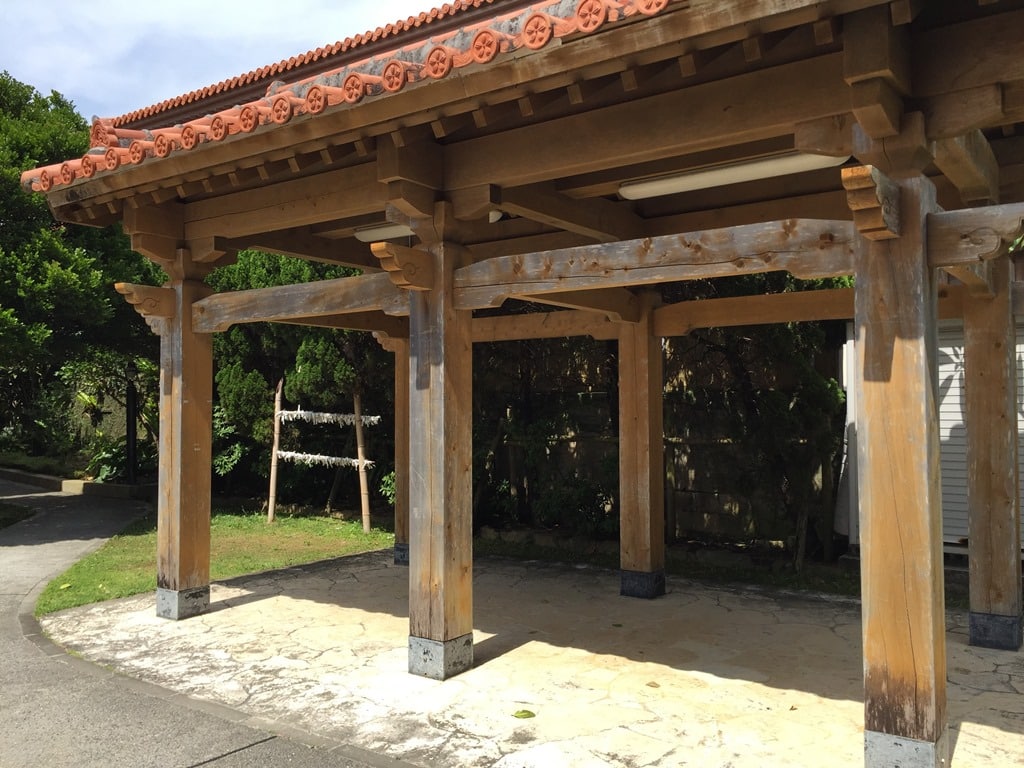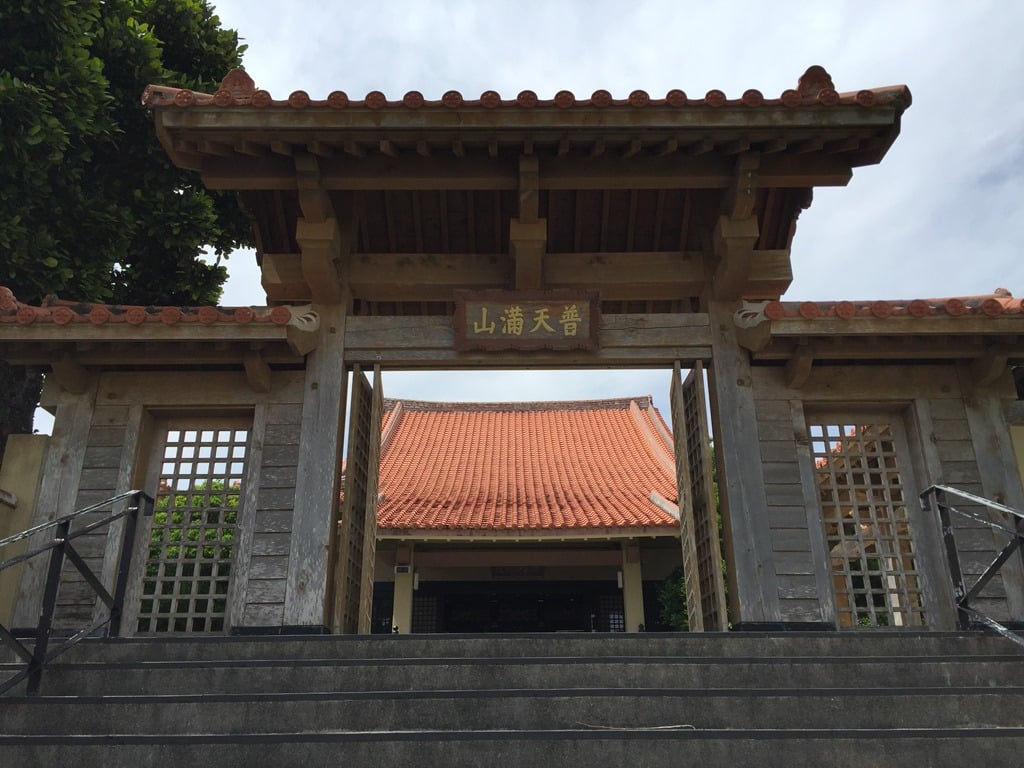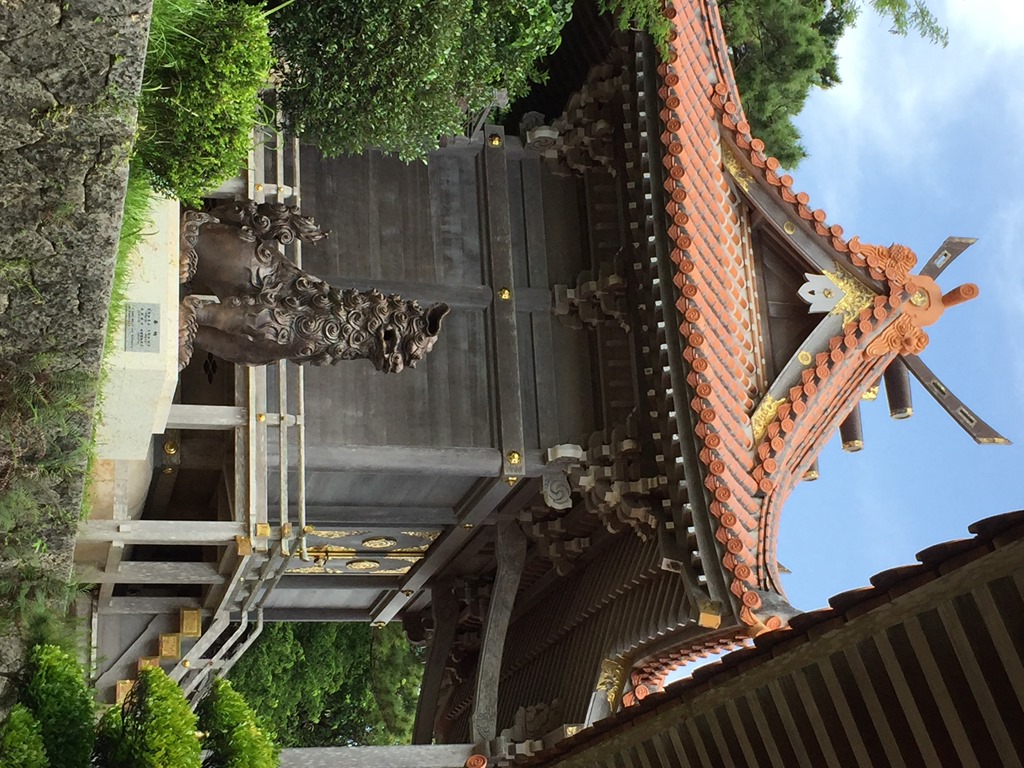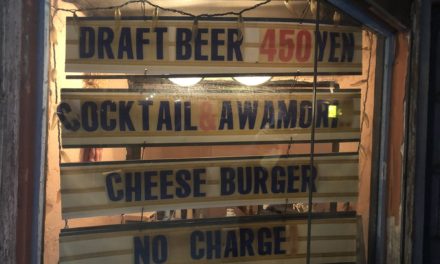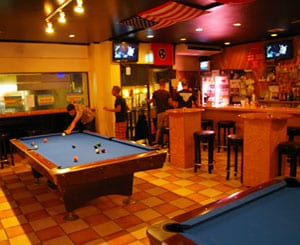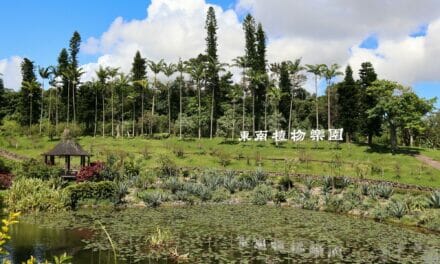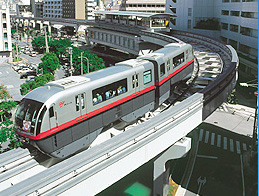The Futenma area of Okinawa has two little gems nestled within its folds; Futenma shrine caves and Jingu-ji temple. One is an old Shinto shrine with fascinating legends attached to it, the other is a serene Buddhist temple. Join me on a journey through both, who sit almost side by side as holy neighbours.
Let’s start with the shrine. Built around 500 years ago, it’s only a short drive from MCAS Futenma, almost hidden behind modern buildings. There’s a small road running up the right hand side, drive up here to find parking next to and behind the shrine. It’s a beautiful example of Shintoism, with traditional architecture, handsome Shisa guardians, and an interesting cave attached to its grounds. People come here to pray for various things, including fertility.
There are two interesting legends attached to Futenma shrine caves. The first is about Megami, a beautiful, pious woman who hid herself away from the world in religious devotion. Her sister married, and the new husband became curious of his sister in laws legendary beauty. He attempted to sneak a peak, but was caught by Megami who fled, hysterical, from the house and into the caves of the shrine, never to be seen again.
The second is about a Kami (god) by the name of Kumano. Many years ago, a devout couple worshipped at the shrine. They were very poor, with the wife forced to take work as a royal maid at Shurijo, a long, arduous walk from their home in Kitanakagusuku. Every day on her way home, she would pray at the Futenma shrine. One day, a mysterious old man stopped her and asked her to keep a package safe for him. After some time, he didn’t return, so she prayed for an answer. Kumano came to her in a dream, revealing his identity and telling her to keep the package as a token of thanks for her devotion. It was gold. Overnight her and her husband rose from the depths of poverty. This had made the shrine popular with worshippers wishing for luck and prosperity!
Visiting is a joy. It’s calm, beautiful, and welcoming. It’s best to enter through the torii, cleansing your sins at the fountain to your left before perusing the rest of the grounds. Photos are permitted in all areas except the shop that sells omamori (lucky charms), and the inside of the worship area. Speak to staff about visiting the cave; simply fill in a little form with your name, number in your party, and address, and a staff member will take you down into the cave. Stalactites and stalagmites jut out all over, with the original shrine sitting as the centrepiece in the middle. This is hallowed ground, so please don’t step off the gravelly path. Usually you’re allowed 30 minutes to see it, but if it’s a quiet day you are often left for as long as you please. Visits are free, including the caves, but the shrine accepts yen cash only donations, and sells a range of beautiful omamori (lucky charms), also yen cash only.
Jingu-ji is the temple sister to Futenma shrine. This is a common practice in Japan amongst Buddhist and Shinto religious buildings, due to an amalgamation over the centuries of practices. Sadly history for this particular temple has been difficult to come by, but I did discover that it’s about as old as its shrine neighbour, at roughly 500 years, built in 1459 (an estimate). It has served its local and wider areas since its inception. Sadly, this is a rebuild, with the original structure (like so many) being destroyed in World War 2 bombings.
It’s a small, yet perfectly formed temple, seated comfortably within well kept grounds. The surrounding buildings act as buffers for sound, almost encapsulating the temple, cutting it off from daily life. It’s a great escape. There’s a main worship area, with a set of tables sat just in front selling incense and omamori (lucky charms). This is usually unmanned, so you’re trusted to place the correct yen cash in the collection boxes. There’s offices, a large, ornate bell, and a small chair swinging from a tree overlooking the grounds; take a seat and reflect for a while. Visiting is free, and it’s worth a look if you’re already planning to visit Futenma shrine, since it’s barely a two minute walk away.
Opening Hours
MONDAY – SUNDAY : NONE
Social Media Links
Futenma Caves and Jingu-ji Temple
![]()

